Is Your Sunscreen Reef-Safe? A Guide to Natural Ocean-Friendly Sun Care
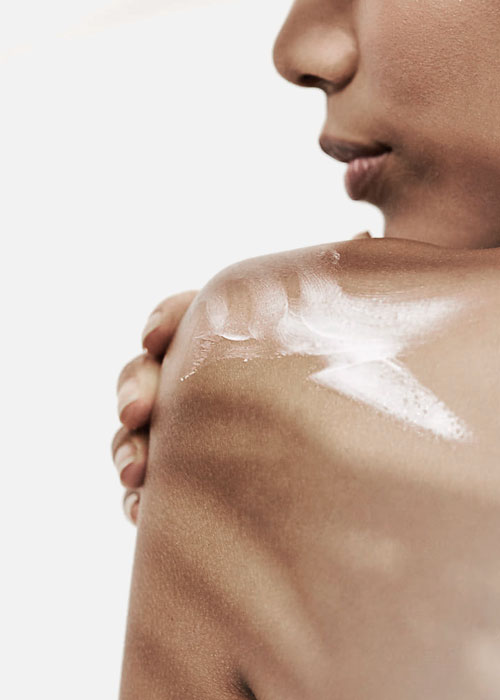
INGREDIENTS TO WATCH FOR
• Oxybenzone also known as methanone, 2-hydroxy 4 methodoxydenzophenone and benzophenone-3, could disrupt the human endocrine system and pose cardiovascular challenges.
REEF-SAFE INGREDIENTS
• Titanium Dioxide is an inert mineral found in the earth that is valued in cosmetics for its opacifying and UV protection properties. Though it is naturally ocurring, it undergoes synthetic processing to remove impurities or contaminants, such as heavy metals found in the earth. Titanium dioxide is used in cream formulas only, as it can be carcinogenic when inhaled in powdered form. Please note, Titanium Dioxide does not protect from UVB rays in the same way zinc does.
Affiliate Disclaimer: this website is supported by its audience and contains affiliate links. An affiliate link means I may earn advertising or referral fees at no extra cost to you if you make a purchase through these links. (read more)
Reef-Safe Sunscreens
Tea leaf contains antioxidants that help to protect against free radicals and environmental pollutants. Water-resistant 80 min.
Specially designed for surfers, climbers, hikers, athletes, adventurers, or anyone who loves to be outside or in the water. Unique packaging made from bamboo and the tin is recyclable or can be reused to store any favorite small goodies.
Extremely versatile, large coverage area sunscreen safe for the face and body, gentle enough for children. Soy, gluten and nut free.
This is mineral-based with a blend of 10 antioxidant-rich botanical actives. The formula rubs in clear and absorbs quickly.
Hurraw! balms are organic, certified vegan, cruelty, palm, and gluten free. The sun balm is SPF 15.
After Sun Care
THE TRUTH ABOUT ALOE VERA GEL
Look at the ingredient list in most commercial aloe vera gels, and you’ll find things like drying alcohols, numbing drugs like lidocaine, and synthetic preservatives. You’ll also find many gels are green which means there is a colorant in the ingredients. Pure aloe gel is clear as it is mainly composed of water which does not have any color. Conventional aloe vera gels usually only contain 0.1% or less of actual aloe extract. The rest is made of water, preservatives, and gelling agents.
Soothe away burns with aloe, cooling mint, & therapeutic lavender. Certified cruelty-free by PETA & Leaping Bunny.
More On Sun Care…
UVA / UVB RAYS
The sun radiates light to the earth, and some of that light consists of invisible UV rays. Two dangerous types of UV rays are:
• UVA RAYS have more long-term damaging effects on the skin causing skin aging and wrinkling, and they can contribute to skin cancer. Melanoma is the most dangerous form of skin cancer. UVA rays make up the majority of our skin exposure because they easily pass through the ozone layer.
• UVB RAYS cause sunburns, cataracts (clouding of the eye lens), and effects on the immune system. They also contribute to skin cancer, and melanoma is thought to be associated with severe UVB sunburns before age 20.
WHAT DOES BROAD SPECTRUM MEAN?
Broad spectrum sunscreen means that it protects against BOTH UVB and UVA radiation, which is exactly what you need in a sunscreen.
PROPER SUNSCREEN APPLICATION
Like stated above, it’s recommended to reapply sunscreen every two hours. It is also important to choose a water resistant sunscreen to make sure you are covered when it comes to sweating and swimming if needed. Apply sunscreen in an even coat and don’t forget common missed areas including the ears, top of the feet, and back of the neck.
VITAMIN D INTAKE
We do need some sun exposure. When we are exposed our bodies make vitamin D which helps us absorb calcium for stronger bones. It only takes a short time to get our daily vitamin D intake (and most vitamin D needs should be met with a healthy diet and/or supplements). Experts say, 10 minutes midday for those with fair skin is all that’s needed. If you’re already tan or of Hispanic origin, you need maybe 15 to 20 minutes. Darker/black skin may require six times the sun exposure to make the same vitamin D levels as a very fair-skinned person. After that, it’s time to get your sunscreen out if you plan on staying outdoors.
SPFs ABOVE 50
Experts say sunscreens with an SPF above 50 aren’t worth buying. They only offer marginally better protection. They also might encourage people to stay out in the sun longer because they believe they’re getting extra protection. Stick with SPFs between 15-50.
↟↟↟

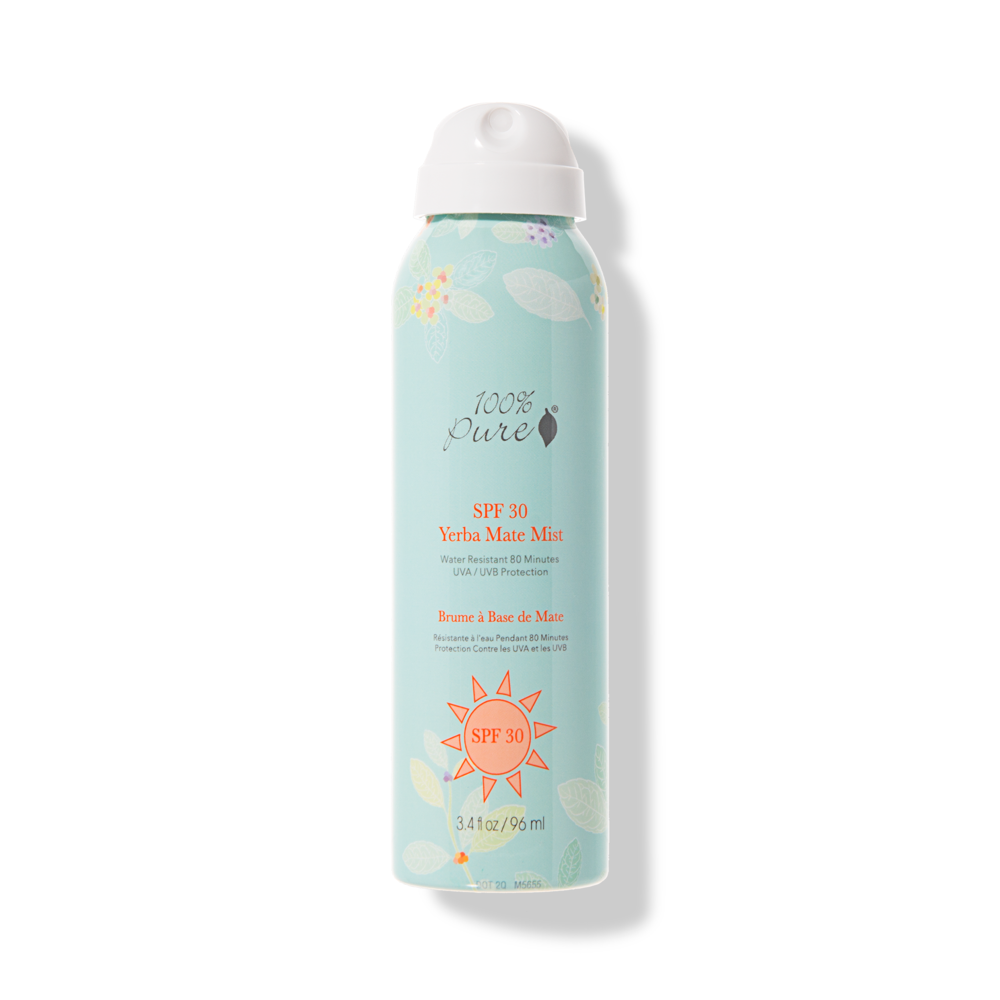
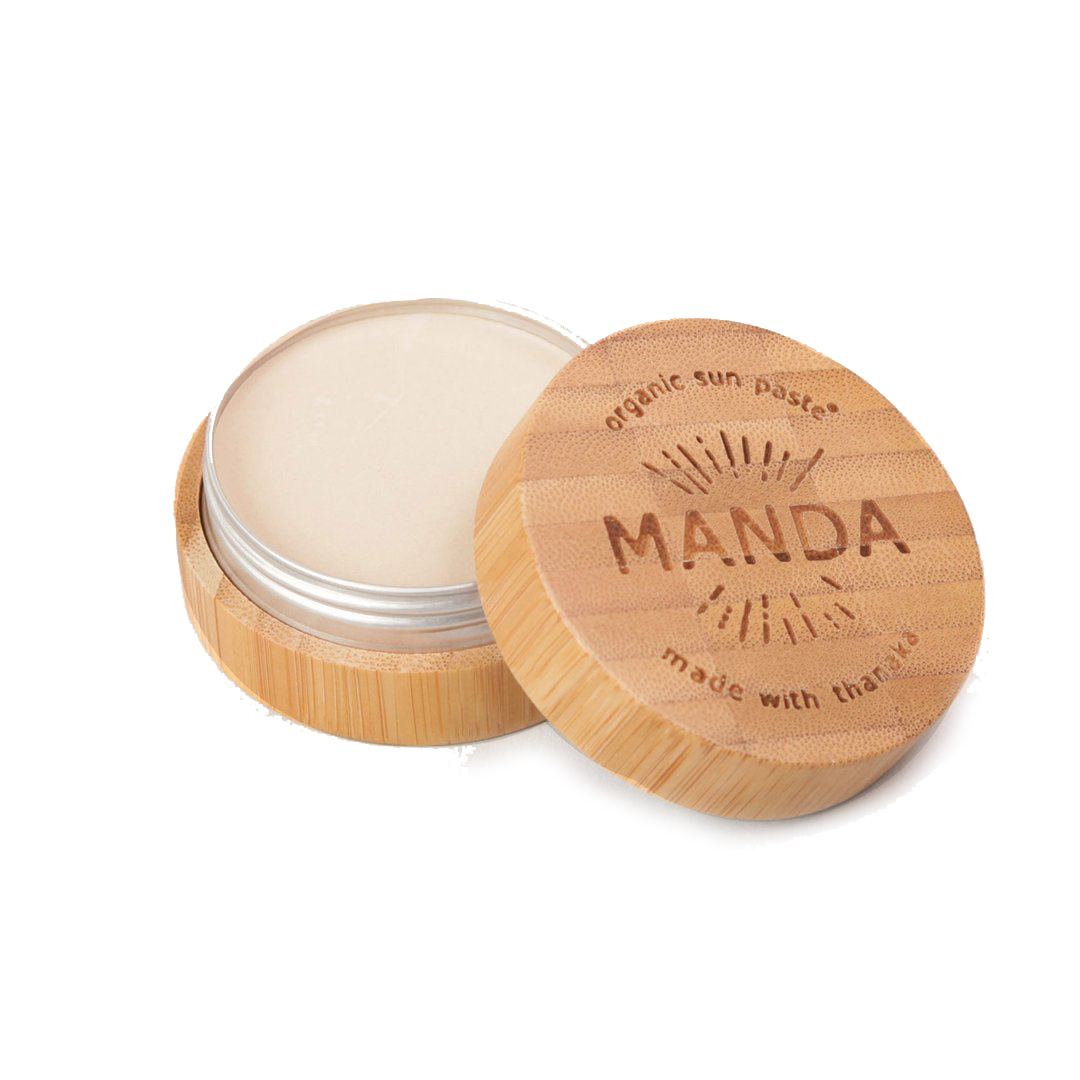
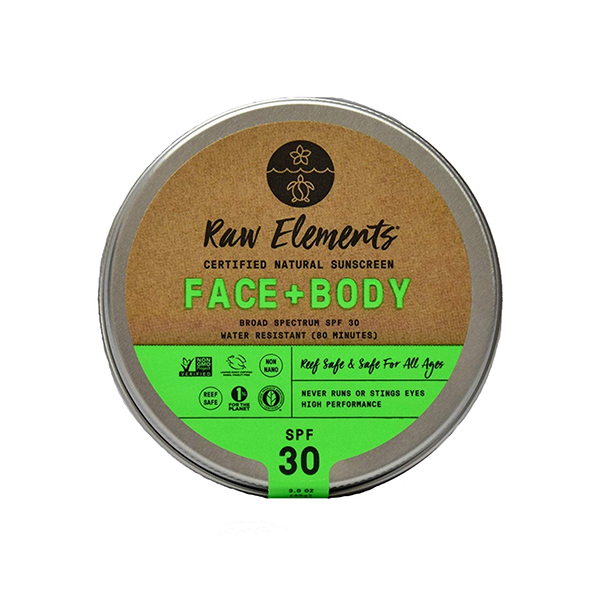
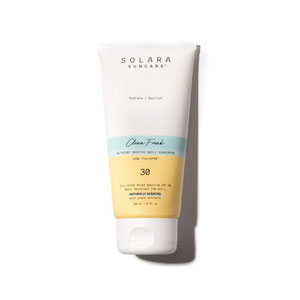
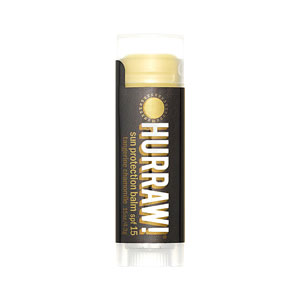
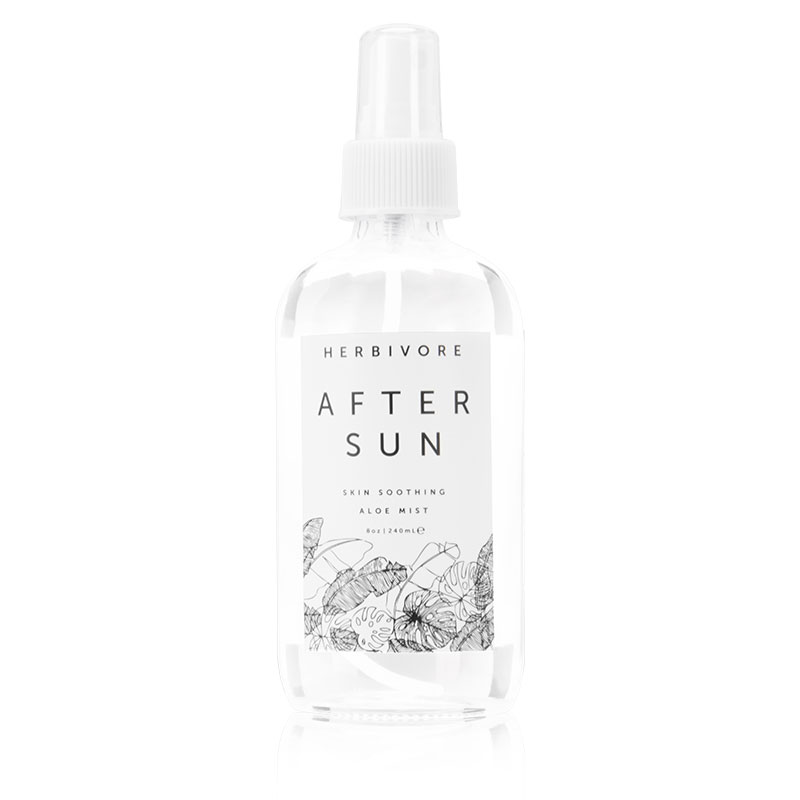



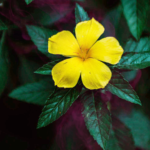
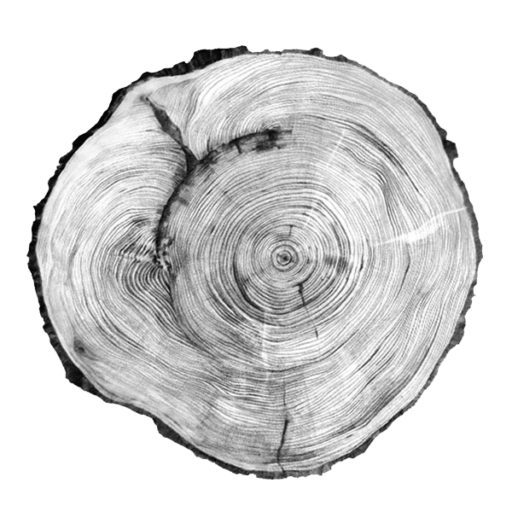
0 Comments